#Cheyenne mountain zoo
Text

My absolute favorite wildlife photo ive ever taken. I unfortunately did not have my camera with me as this was a last minute zoo trip on a rainy day, but you can still get amazing photos with your camera phone if you know what you’re doing!
#female photographers#nikonphotography#savvysshots#colorado#giraffe#giraffephoto#conservation photography#cmz#cheyenne mountain zoo#wildlife#wild animals#wildlife photography#wildlife pictures
5 notes
·
View notes
Text
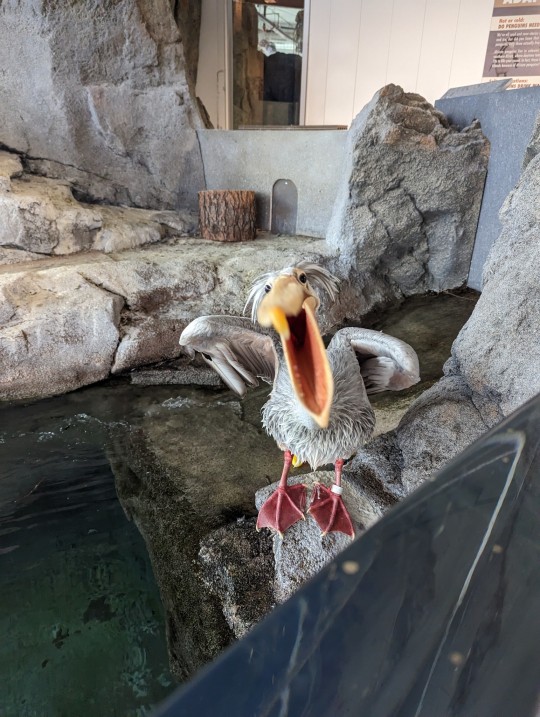
100% of you requested animals! So, here's a teaser picture for now while I pick and choose what pictures I want to put up here.
This is a picture of my husband took. The pelican was seconds away from snatching his phone. So, what does my husband do? He puts it as his Facebook profile photo. 😆
I have a number of more pictures!
So, enjoy your pelican!
17 notes
·
View notes
Video
Thinking: White-Cheeked Gibbon by Ginger Robinson
Via Flickr:
Cheyenne Mountain Zoo, Colorado Springs, Colorado
#Colorado#Summer#Cheyenne Mountain Zoo#Zoo#ZoosOfNorthAmerica#Monkey#Gibbon#Animal#AnimalPhotography#flickr
2 notes
·
View notes
Text

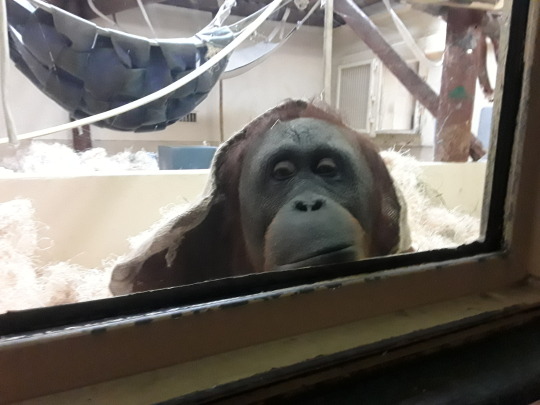
Oh gunny sack cloak, we're really in it now! We sat like this for a while and I showed her all the pictures I took. She approved these.
2 notes
·
View notes
Photo

february 2, 2021
51 notes
·
View notes
Text
Absolutely obsessed with this tree kangaroo we saw at the zoo that looked like he wanted to end it all
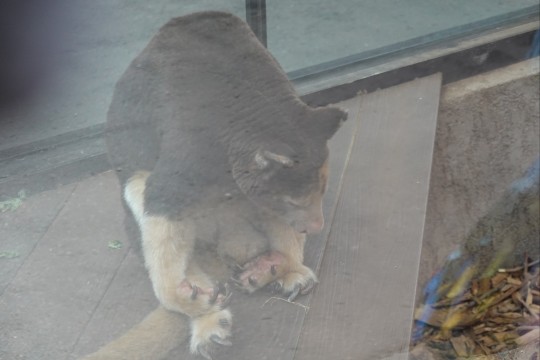
5 notes
·
View notes
Text
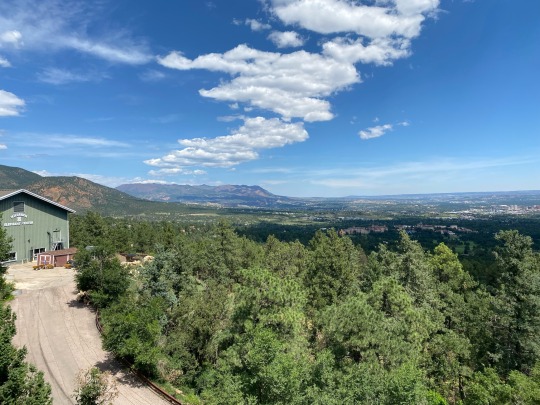
wild heart 🐅
Colorado Springs, CO
3 notes
·
View notes
Text
We had a lot of fun there and hope that you do too, if you decide to go.


1 note
·
View note
Text
Over the last few years, I’ve begun to heavily encourage people to think of a zoo or aquarium or sanctuary being accredited as conveying important information about their ethos / operations / politics - but not as an inherent indicator of quality. Why? Because accrediting groups can be and are fallible. There are issues with all of the accrediting groups and programs, to varying degrees, and so they’re just a piece of information for a discerning zoo-goer to incorporate into their overall opinion. I just saw a news article go by with some data that proves my point.

First off, good for Houston, no commentary that follows is directed that them.
This isn’t the first time I’ve seen a headline like this - there was one a couple years ago, about Cheyenne Mountain Zoo in Colorado also getting a perfect inspection. But here’s what bugs me about it.
If you see/hear the phrase “Facility X has been accredited by Y organization, which holds the highest standards in the world for this type of facility”, it kind of implies that facility X meets all of those standards, doesn’t it? Not most of them, not the majority. When you hear that a zoological facility has gone through a rigorous process to earn an accreditation branded (by the accrediting org) as “the gold standard” in the industry… the general public is going to interpret that as saying these facilities are in compliance with every single rule or standard. And what these headlines tell us, alongside the commentary from AZA in the articles, is that it’s not only not true - it never has been true. Most AZA accredited facilities apparently don’t meet all the AZA standards when they’re inspected, and that’s both okay with them and normal enough to talk about without worrying about the optics.
Let’s start with the basic information in the Houston Chronicle article, which will have been provided to them by the zoo and the AZA.
“Since it's inception in 1974, the AZA has conducted more than 2,700 inspections and awarded only eight perfect evaluations throughout the process's 50-year history. Houston Zoo's final report is 26 pages long — and filled with A's and A-pluses."
Okay, so… doing that math, less than one percent of AZA accreditation inspections don’t meet all the standards at the time of inspection. But, wait, that’s not just what that says. That bit of information isn’t talk about AZA accredited facilities vs the ones that got denied accreditation: this is telling us that of facilities that earned AZA accreditation, basically none of them meet all the standards at the time. This isn’t talking about tabled accreditations or provisional ones where they come back and check that something improved. Given that math from earlier, this information means that most - if not all - AZA accredited facilities have repeatedly failed to meet all of the standards at one point in time … and have still been accredited anyway.
That tracks with what was said about Cheyenne Mountain Zoo, back in 2021 when they got their perfect accreditation.
“Cheyenne Mountain Zoo has earned an incredibly rare clean report of inspection and its seventh consecutive five-year accreditation from the Association of Zoos and Aquariums (AZA). In nearly 50 years of accreditations, CMZoo is only the fourth organization to earn a ‘clean’ report, which means there wasn’t a single major or minor concern reported”
Seven consecutive accreditation processes - and only one of them where they actually met all the standard at the time.
Here’s what the AZA CEO had to say about Houston’s accreditation achievement in that article, which reinforces my conclusion here:
"AZA president and CEO Dan Ashe says the multi-day inspection process, which occurs every five years, has been described as "comprehensive, exhausting and intimidating."
"We send a team of experts in who spend several days talking to employees, guests and the governing board. They look at animal care and husbandry. They look at the governance structure and finances. They look comprehensively at the organization," Ashe explains. "For a facility like Houston Zoo to have a completely clean accreditation and inspection is extremely rare. These inspectors are experts, it's hard to get to the point where they can't find something.""
Now, here’s the rub. We, as members of the public, will never have any idea which standards it is deemed okay for a given AZA facility to not meet. All of the zoological accrediting groups consider accreditation information proprietary - the only way we find out information about how a facility does during accreditation is if they choose to share it themselves.
On top of that, it’s complicated by the fact that last time I read them AZA had over 212 pages of accreditation standards and related guidance that facilities had to comply with. Now, AZA doesn’t accredit facilities if there are major deviations from their standards, or if there’s an issue on something important or highly contentious. So - based on my completely outsider but heavily researched perspective - this probably means that most zoos are in non-compliance with a couple of standards, but not more than a handful.
To make trying to figure this out even more fun, it is also important to know that AZA’s standards are performance standards: whether or not they’re “met” is based on a subjective assessment performed by the accreditation inspectors and the accreditation committee. This means that what qualifies as fulfilling the standards can and does vary between facilities, depending on who inspected them and the composition of the committee at the time.
So why do I care so much? Because when it comes to public trust, branding matters. AZA has gained a reputation as the most stringent accrediting group in the country - to the point that it can lobby legislators to write exceptions into state and federal laws just for its members - based on how they message about their accreditation program. How intensive it is, how much oversight it provides, what a high level of rigor the facilities are held to. That… doesn’t track with “well, actually, the vast majority of the zoos meet most of the standards most of the time.” People who support AZA - people who visit AZA accredited zoos specifically because of what it means about the quality of the facility - believe that accreditation means all the standards are being met!
To be clear: most AZA zoos do meet some pretty high standards. It’s likely that what are being let slide are pretty minor things. I expect it’s on stuff the facility can improve without too much hassle, and it might be that doing so is probably part of what’s required. There’s not enough information available to people outside the fold. But I will say, I don’t think any zoo is getting accredited despite AZA having knowledge of a serious problem.
Where I take issue with this whole situations is the ethics of the marketing and branding. AZA frames themselves as being the best-of-the-best, the gold standard, when it turns out that most of their accredited zoos aren’t totally in compliance, and they know and it’s fine. They seem to be approaching accreditation like a grade, where anything over a certain amount of compliance is acceptable. The public, though, is being fed a narrative that implies it’s a 99/100 pass/fail type of situation. That’s not super honest, imho, which shows up in how there’s zero transparency with the public about it - it goes unspoken and unacknowledged, except when it’s used for promotional gain.
And then, like, on top of the honesty in marketing part, it’s just… something that gets joked about, which really rubs me the wrong way. Like this statement from the media releases for the Cheyenne Mountain accreditation:
“Another of our ‘We Believe’ statements is, ‘We value laughter as good medicine,’” said Chastain. “To put this clean accreditation into perspective, when I asked Dan Ashe, AZA president and CEO, for his comments about how rare this is, he joked, ‘A completely clean inspection report is so unusual, and so unlikely, it brings one word to mind — bribery!’“
So, TL;DR, even AZA accreditation is designed so that their accredited zoos don’t have to - and mostly don’t - actually fully meet all the standards. I’d love to know more about what types of standards AZA is willing to let slide when they accredit a facility, but given the proprietary nature of that information, it’s pretty unlikely there will ever be more information available. AZA accreditation tells you what standards a zoo aspires to meet, what their approximate ethics are, and what political pool they play in. When it comes to the quality of a facility and their animal care, though, sporting an accreditation acronym is just a piece of the larger puzzle.
#AZA accreditation#zoo accreditation#zoo politics#my research#There’s a lot more nuance to how accreditation inspections work and how facilities with bigger issues are given changes to correct them#but that’s for another post#right now I’m just irked that it is so normative for AZA facilities to get accredited without clean inspections
465 notes
·
View notes
Text
Palm Oil
The demand for Palm Oil in products has led to massive deforestation in Sumatra, Borneo and other Southeast Asian countries, leading to habitat loss for many species, ranging from tigers to numerous species of bat.
So what? You ask. It isn't like there's anything I can do about it.
Well, guess what, there is something you can do, and it doesn't involve a boycott.
Just look for this label on products containing palm oil:

image description: the RSPO certified symbol with a green palm and the words 'Certified sustainable palm oil' in black and 'RSPO' in orange around it
This symbol indicates that the palm oil used meets the sustainability standards of the Roundtable on Sustainable Palm Oil (RSPO).
Further Reading:
RSPO website: https://rspo.org/
Get involved as an Individual | RSPO: https://rspo.org/as-an-individual/
RSPO ScanApp (France only): https://rsposcanapp.com/
Products with RSPO Label | RSPO: https://rspo.org/as-an-organisation/our-trademark/products-with-rspo-label/
Palm Oil Scorecard | World Wildlife Fund: https://palmoilscorecard.panda.org/#/home
PalmOil Scan | Cheyenne Mountain Zoo and World Association of Zoos and Aquariums: https://www.waza.org/news/waza-palm-oil-scan-app/
29 notes
·
View notes
Text
*Sheila and Sharon take the boys to Cheyenne Mountain Zoo and Stan is very upset about Quarters for Conservation.*
Stan: It’s not fair man! Those poor fatass toads don’t have hardly any tokens, but the tigers and leopards have loads!!!
Kyle: Dude, you do know those tokens don’t actually do anything, right? They use the money we paid for the tokens to donate.
Stan: If they didn’t use the tokens to determine what animal to donate to, then why would they give them to us?!?
Kyle: Stan, please tell me with a straight face why you think one of the leading wildlife conservation agencies of the world is putting the fate of endangered animals into the hands of toddlers who decide which slots to put tokens in purely based on which animal is the fluffiest.
Stan: …
Stan: But why do they give us the tokens though
#colby rambles#this just popped in my head as i was thinking about stan and kyle going to the zoo#i feel like kyle would put his tokens in the black footed ferret slot#and stan would run to the wolf slot before noticing how few the wyoming toad has and putting his tokens into that one out of guilt#tbh i don’t know if the tokens impact the donations#but it would be pretty fucked up if it did#stan marsh#sp stan marsh#sp stan#kyle broflovski#sp kyle#sp kyle broflovski#sp stanky#stanky sp#sp style#style sp#stan and kyle#south park#southpark#sp#sp shitpost#shitpost#cloby's headcannons
38 notes
·
View notes
Text
I really wish I was in or around colorado springs so I could go to the Cheyenne Mountain Zoo skunk meet and greet !!!!
7 notes
·
View notes
Text
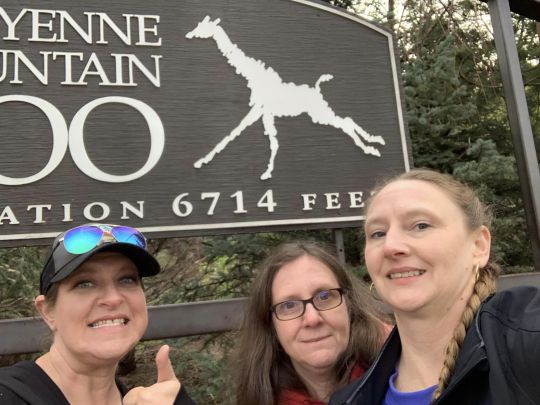

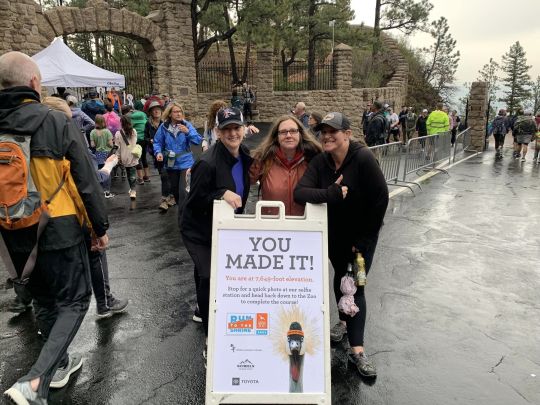
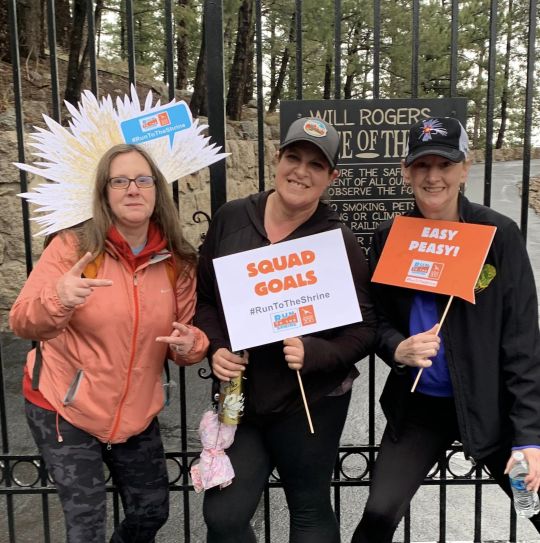

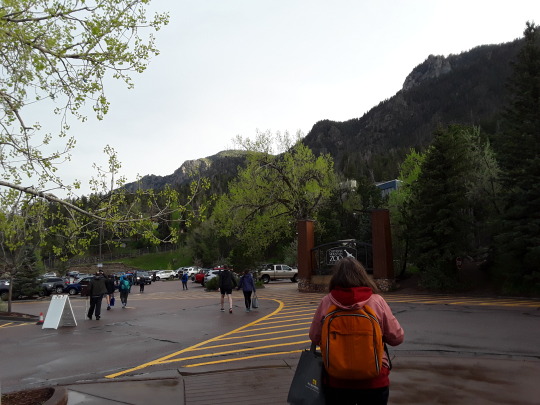



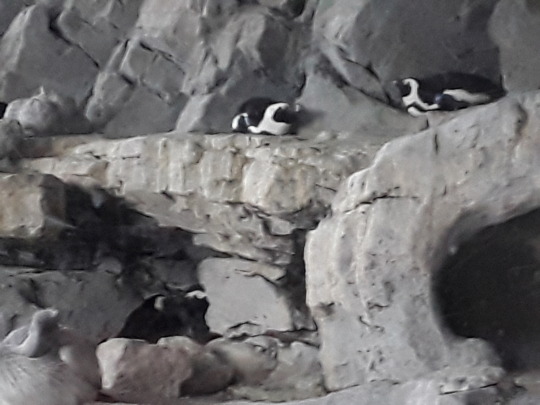
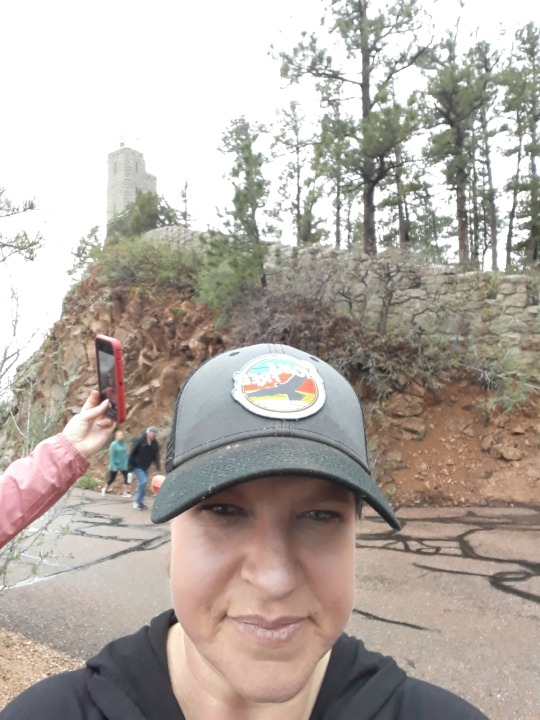



Did I just climb 934 feet up a mountain to the Will Roger's Shrine of the Sun in the rain to an elevation of 7,649 feet tonight? Yes I did. Did I think I would die at some points. Also yes.
#cheyenne mountain zoo#will rogers shrine of the sun#run to the shrine#ow i hurt#hurts so good#altitude#colorado girl
4 notes
·
View notes
Photo

february 2, 2021
17 notes
·
View notes
Text
Ok since my last one of these suddenly got a lot of traffic and it’s a Wednesday, welcome back to IUCN Wednesday!
This was supposed to be about blue whales but some new information just came out which swayed me to these fluff balls

(Image description: An Amur leopard standing in the snow looking towards the camera)
The critically endangered Amur leopard, a fluffy and rare subspecies of leopard found in China and Russia. Their scientific name is Panthera pardus orientalis. They weight between 70 and 105 pounds and live between 10-15 years in the wild and 20 in captivity.

(Image description: side view of an Amur leopard walking along a log in a snowy forest)
These powerful cats take down prey three times their size, namely preying on boar and deer. Like their cousins, they often hide their kills in trees to return later.

(Image description: Current range map of Amur leopards, showing the extinct range stretching from Korea into China and eastern Russia, with a small area on the China/Russia border along the coast showing their extant range)
Unfortunately, life hasn’t been kind to these cats, severe habitat destruction and degradation had their extant range and population plummet. In the early 2000s there was only an estimated 30 individuals left in the wild.
While the wild population has increased to an estimated 100 individuals in recent years (180 in captivity) due to conservation efforts, they are still suffering due to climate change shrinking suitable habitat. Plus inbreeding, disease, and genetic bottleneck from the small population size.
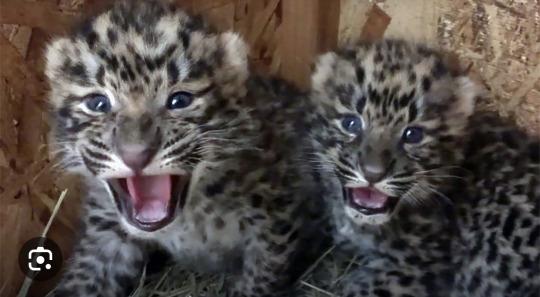
(Image description: two amur leopard cub with their mouths open looking towards the camera)
Not all hope is lost however, these two angry fluff balls were born in May at Cheyenne mountain zoo and they make up two percent of the wild population. They are vitally important genetically, and are doing extremely well. Today it was just announced that they are both males, i highly recommended checking out cmz YouTube for adorable videos.
Conservation efforts are continuing, both in their native habitat and throughout the world to boost genetic diversity and population numbers. So if you want to help the widely known rarest big cat on earth, maybe check out your local (aza accredited/participating in the species survival program) zoo.
9 notes
·
View notes
Note
Are you familiar with the...unorthodox snake enclosures the Cheyenne Mountain Zoo in Colorado Springs has? If so, are they proper enclosures for the animals, or are they doing it all wrong?
I had to look it up, and I am...not a fan!!

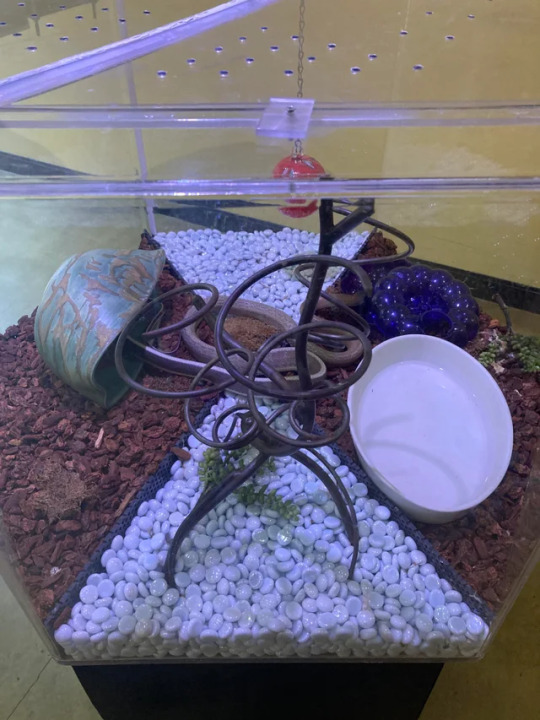

Right, so, I get the intention here. I get that they really want to make beautiful enclosures to help accentuate how beautiful and amazing snakes are! I get it!
But I think this is definitely prioritizing that hope over the snakes' welfare. These enclosures are so open and exposed, and the hides only count as hides under a very liberal definition. I don't think the snakes are going to feel safe in here. I'm glad there are segments with natural substrate so the snakes can engage in natural behaviors, but the smooth colored glass stones concern me. The snakes aren't going to have any traction on those, and they're going to be difficult and scary for the snakes to move on. The metal pieces in the tanks that I assume are meant to be there to give the snakes opportunity to climb also worry me - they're really fiddly and complex, and the snakes are going to have trouble comfortably climbing on them without getting stuck in parts.
Like I said, I get the intention, but I just don't think these are appropriate. They're much more art pieces than suitable snake enclosures. I really, really hope that the snakes have more natural enclosures that they can go in when they're not on display in these.
113 notes
·
View notes
